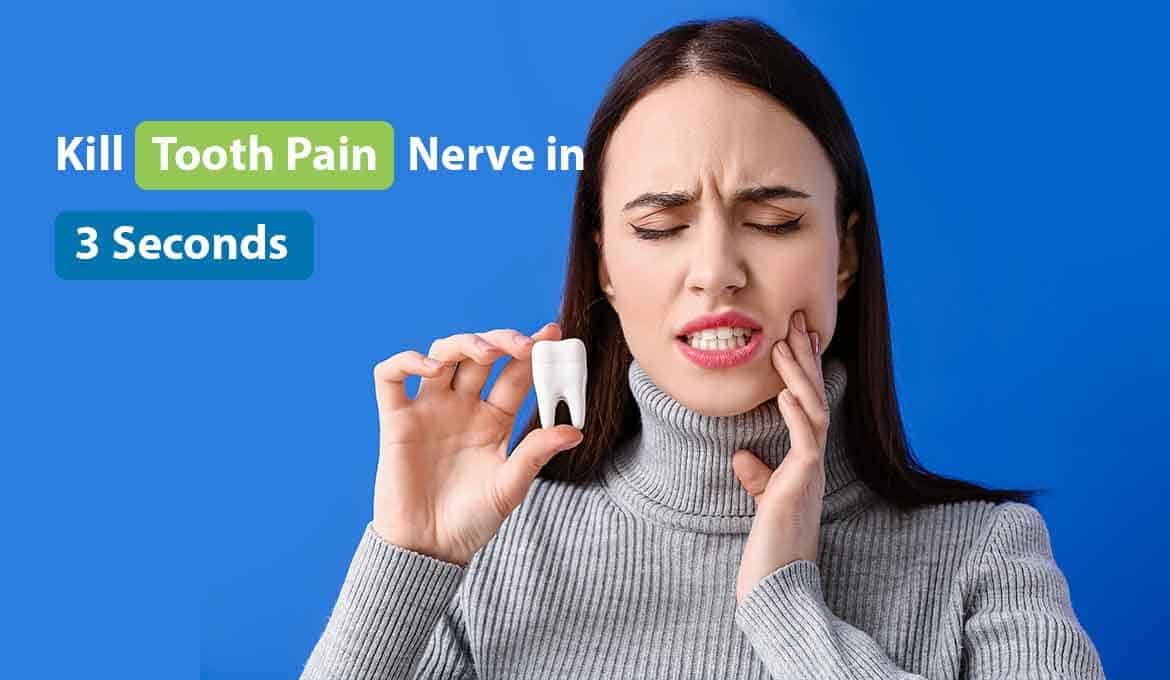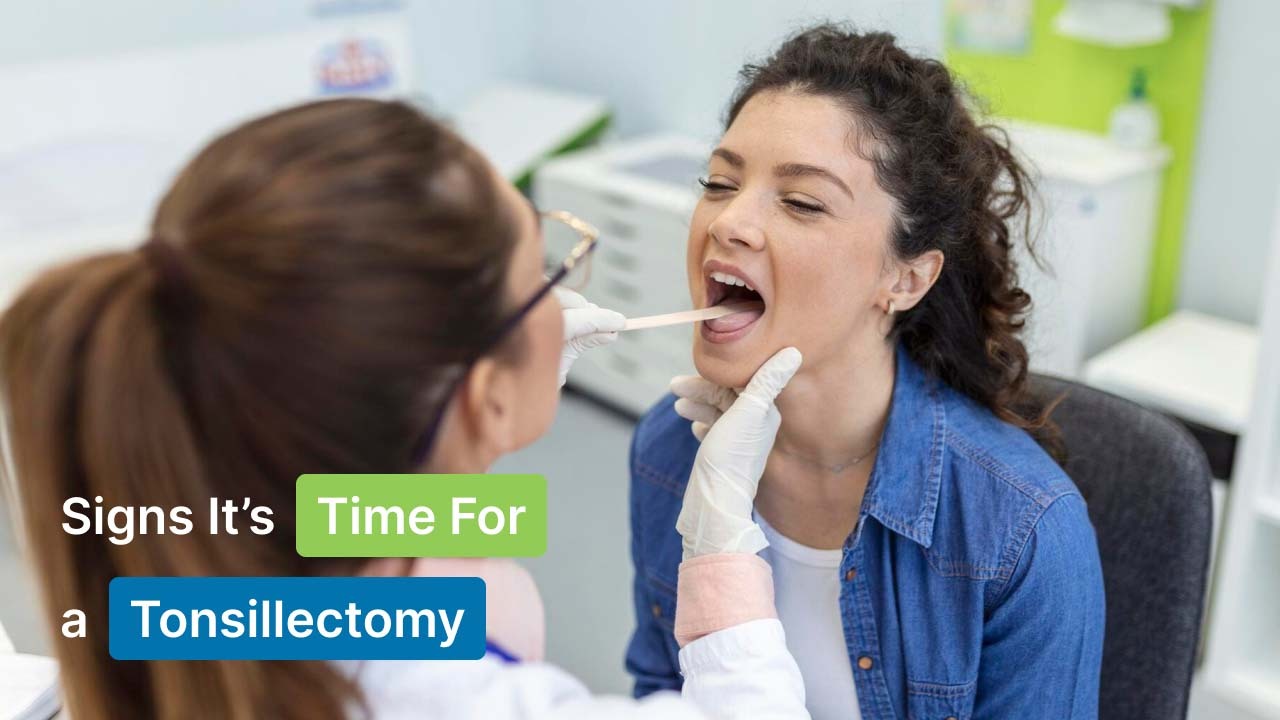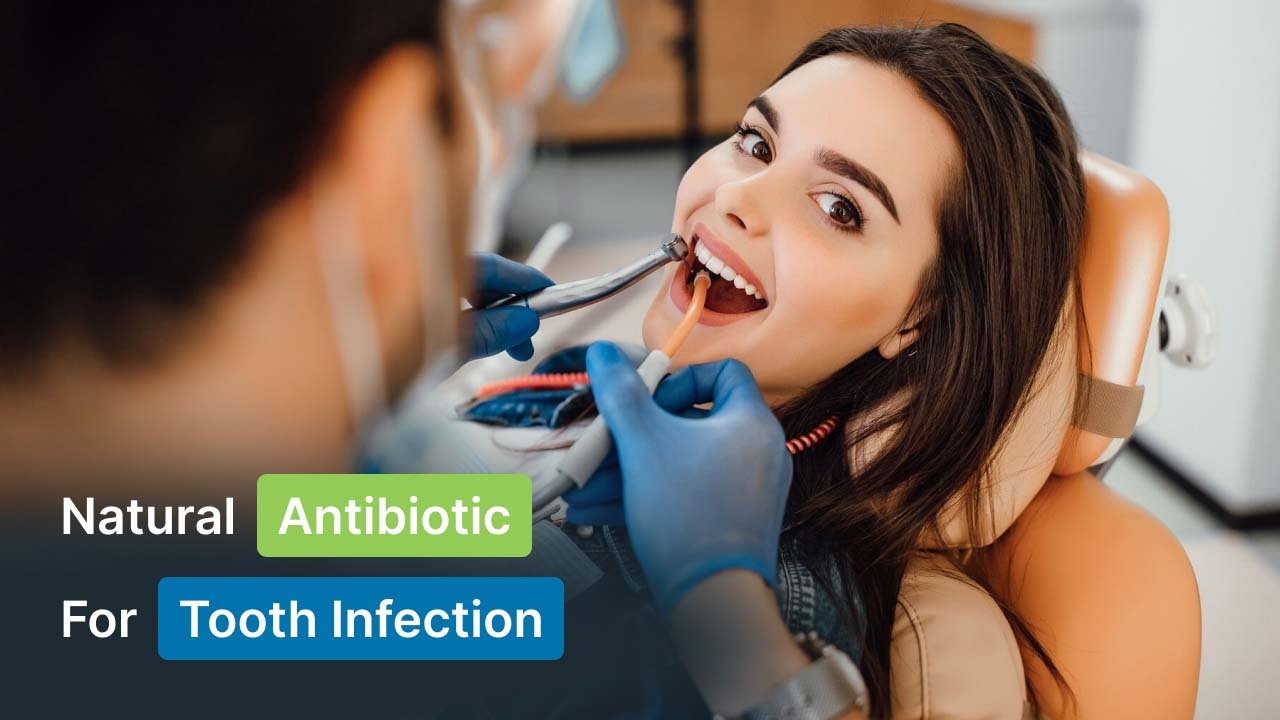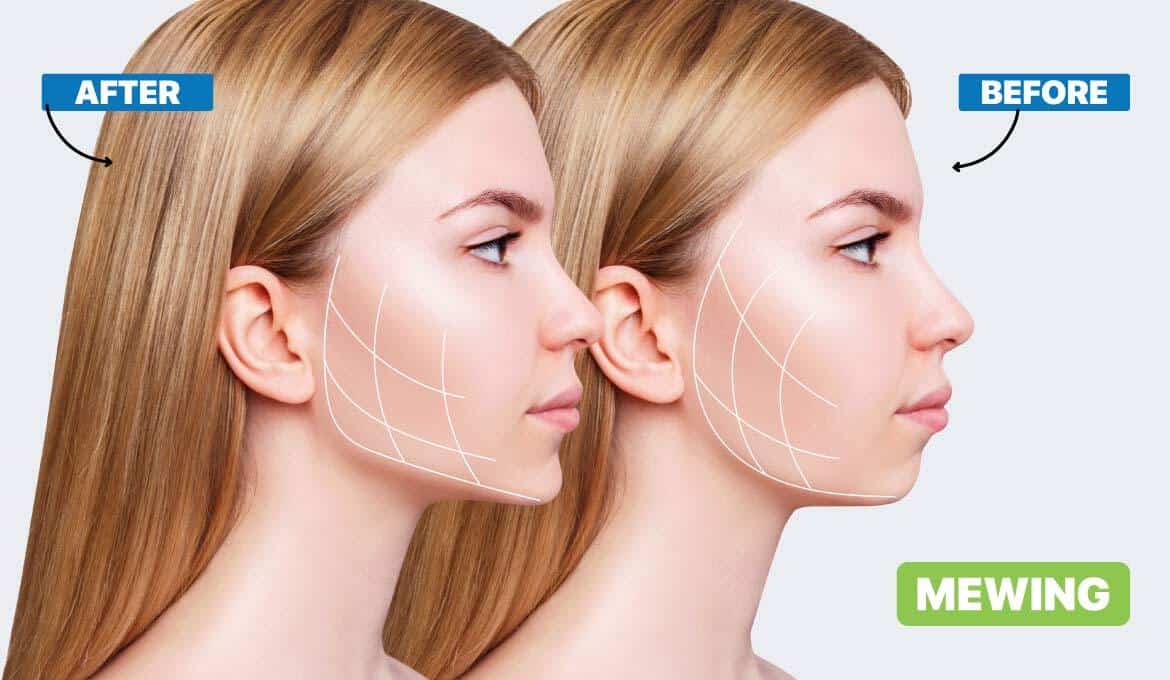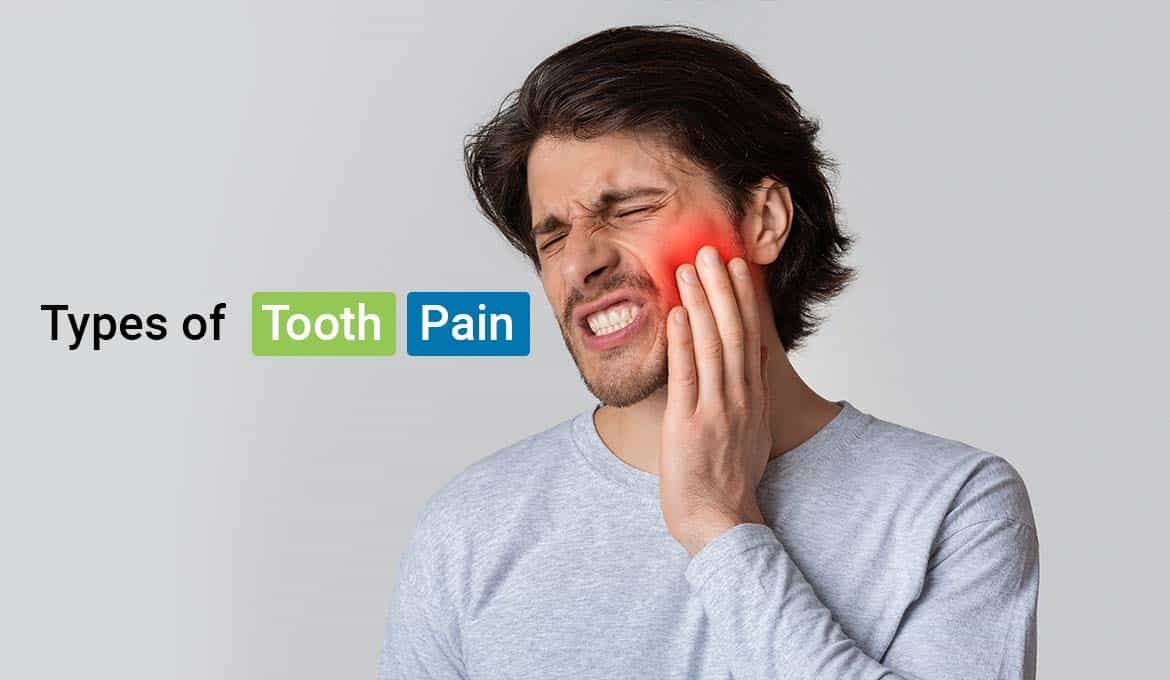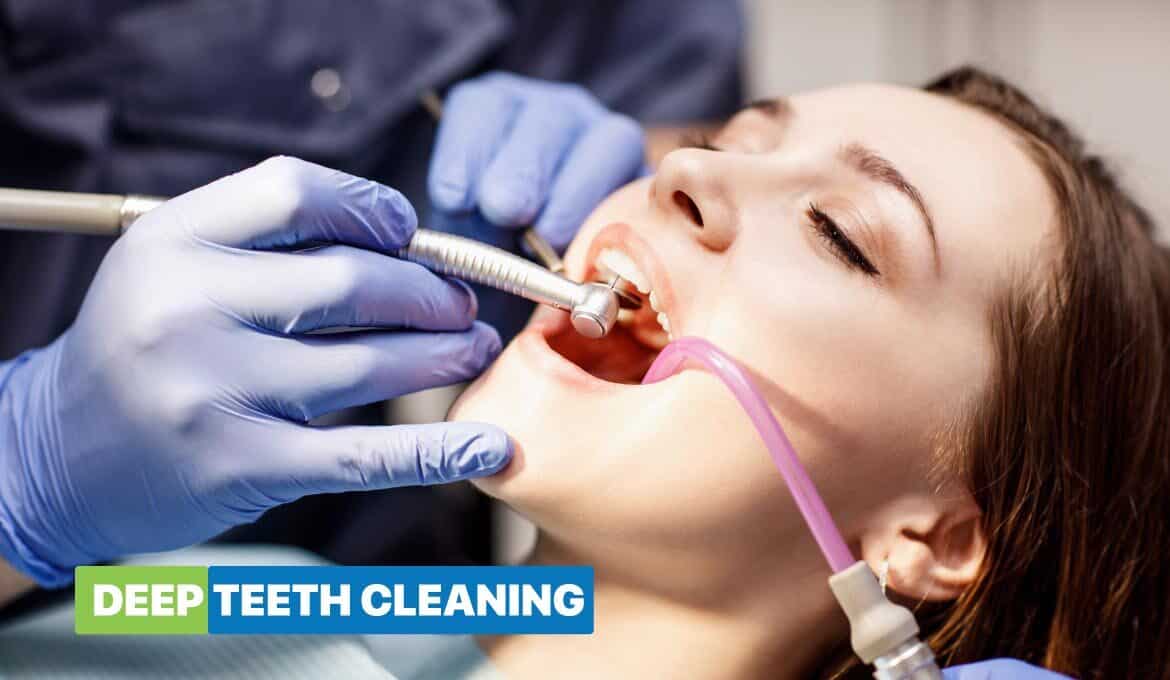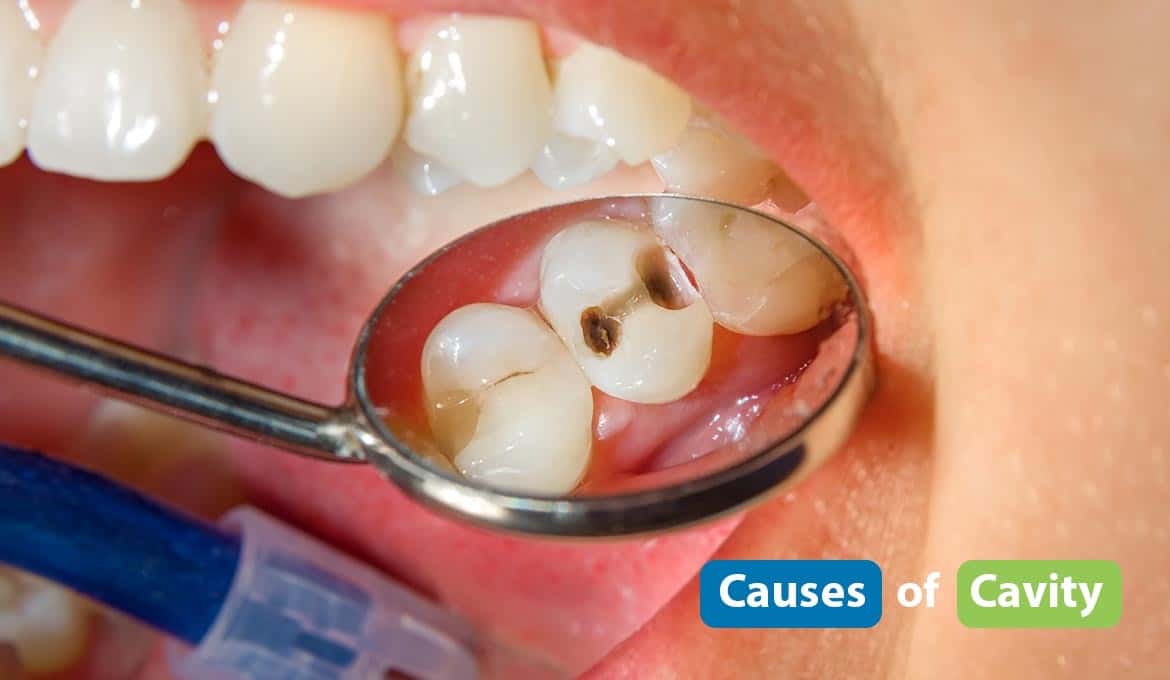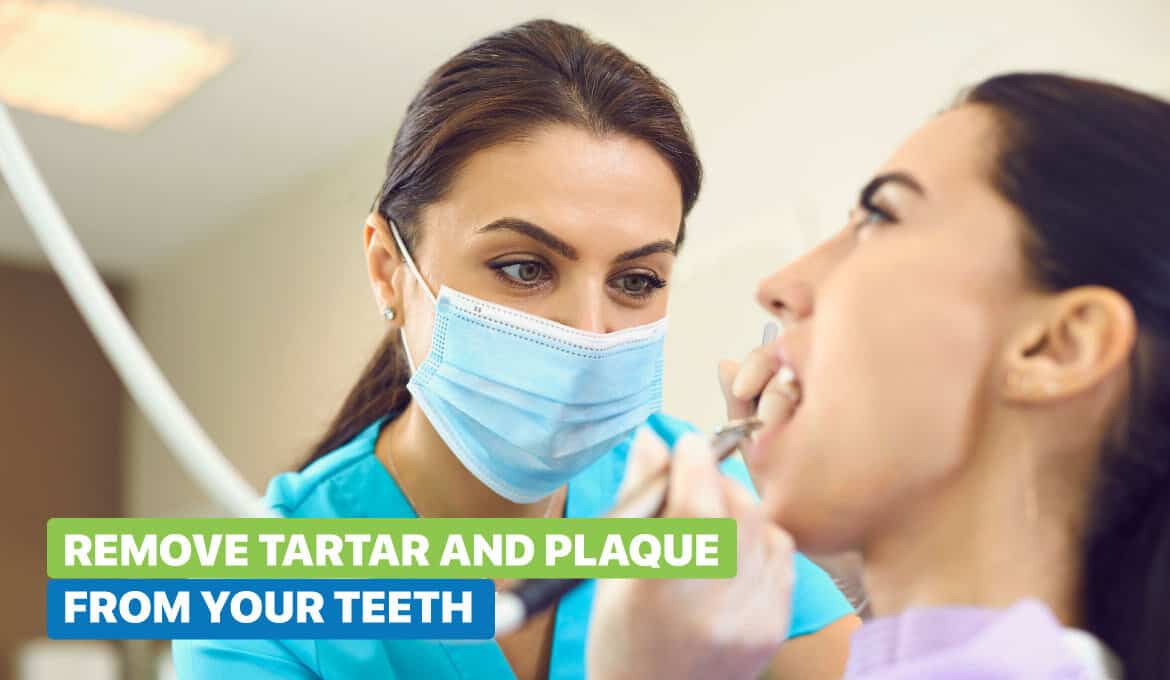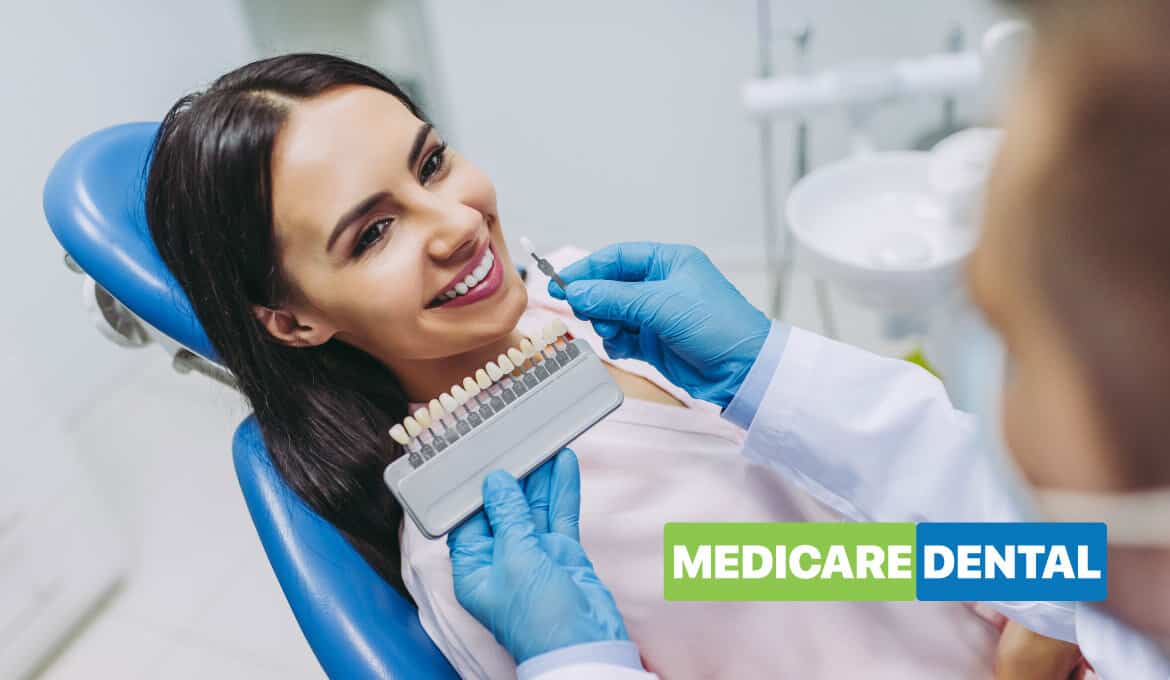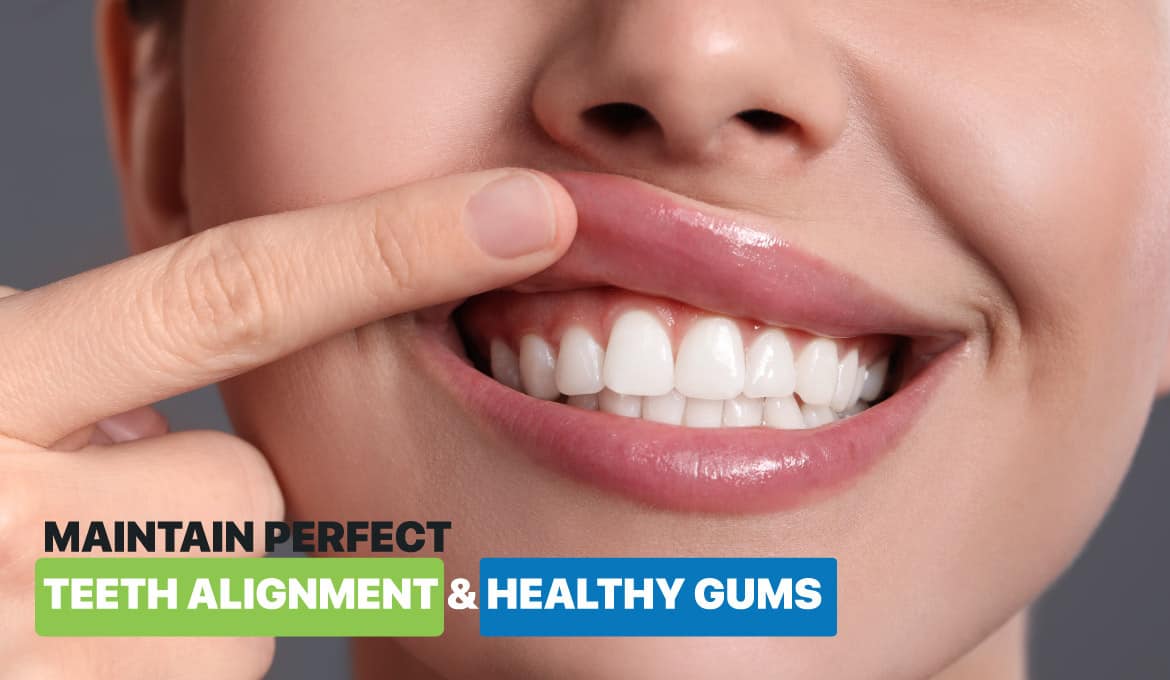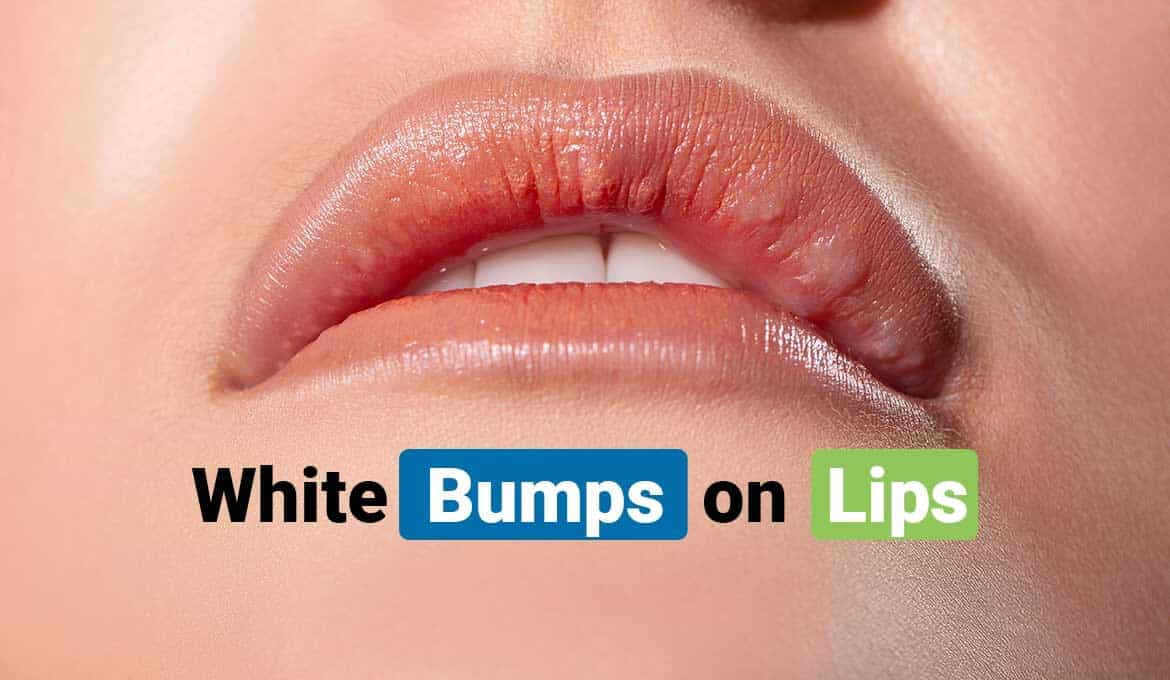
White bumps on lips are a common condition that affects many people. There are various factors that can cause these bumps, including viral infections, skin conditions, and hormonal changes.
In this article, we will discuss the most common causes of white bumps on or near the lips, as well as their symptoms and treatments.
Causes of White Bumps
i). Cold Sores
Oral herpes, also known as cold sores, is caused by the herpes simplex virus (HSV-1). They are characterized by clusters of fluid-filled blisters that appear near the face, mouth, lips, and tongue.
They can be painful and contagious, spreading through close personal contact or by sharing objects.
Cold sores typically start as a red, itchy, or tingling sensation on the skin, followed by the development of blisters. The blisters then burst and form a painful, red sore.
Cold sores are often accompanied by symptoms such as fever, headache, muscle aches, and fatigue.
ii). Milia
Milia are small, white, cyst-like bumps that are by a buildup of keratin, a protein found in skin, hair, and nails. They can appear near the mouth and on other parts of the face. Milia are most commonly found in newborns, but they can also occur in adults.
Milia are harmless and do not cause any pain or discomfort, but they can be cosmetically unappealing, resulting in treatment for those affected by this affliction.
iii). Fordyce Spots
Fordyce spots are small, painless, white, or yellowish raised bumps that appear on the skin near the lips and on other areas of the body. They are caused by overactive sebaceous glands, which produce oil to lubricate the skin and are completely benign.
Fordyce spots are completely harmless and do not pose any health risks. However, they can be unsightly and embarrassing, causing some people to seek medical remedies.
iv). Angular Cheilitis
Angular cheilitis is a condition that causes red, painful sores at the corners of the mouth. It is often caused by a fungal or bacterial infection and can be accompanied by white bumps.
Angular cheilitis is typically caused by a combination of factors, including dry skin, poor oral hygiene, and a weakened immune system.
Symptoms of angular cheilitis include redness, itching, burning, and soreness at the corners of the mouth, as well as white bumps.
v). Hormonal Changes
Hormonal changes can also cause white bumps on or near the lips.
Hormonal changes during puberty, pregnancy, and menopause can cause increased oil production, leading to the development of acne-like bumps on the skin.
Hormonal changes can also cause the skin to become more sensitive, making it more prone to developing other skin conditions, such as cold sores or angular cheilitis.
vi). Chapped Lips
Chapped lips are a common condition that occurs when the skin on the lips becomes dry, cracked, and sore.
Chapped lips are often caused by factors such as exposure to cold weather, wind, sun, or dry air, as well as licking the lips, using harsh lip products, or having a medical condition that affects the skin's ability to retain moisture.
Chapped lips can be accompanied by white bumps, especially if the skin has become infected or inflamed.
vii). Vitiligo
Vitiligo is a skin condition characterized by white patches that form on various parts of the body, including the face and near the mouth.
It occurs when the cells that produce pigment in the skin stop functioning, leading to a loss of color in patches.
viii). Lichen Planus
Lichen planus is an autoimmune condition that causes white patches to form on the skin and inside the mouth.
It can also cause painful, raised bumps that can develop near the mouth and on the lips.
ix). Leukoplakia
Leukoplakia is a white, raised patch that can form inside the mouth, including on the gums and near the lips.
It is most commonly caused by irritation from rough surfaces in the mouth, such as a broken tooth or ill-fitting dentures.
In some cases, it may be a sign of a more serious condition, such as oral cancer.
x). Candidiasis
Candidiasis is a yeast infection that can cause white, creamy patches to form on the skin and inside the mouth. It is most commonly seen in people with weakened immune systems, such as those with HIV/AIDS or undergoing chemotherapy.
Factors that Determine if the Spots are Benign or Contagious
The distinction between benign and contagious white spots on lips can be determined by considering several factors, including:
a). Appearance:
Benign white spots, such as Fordyce spots and milia, typically appear as small, raised bumps that are uniform in size and shape. Contagious white spots, such as oral herpes, appear as clusters of fluid-filled blisters that are often painful.
b). Location:
Benign white spots tend to appear in isolated areas, while contagious white spots often form in clusters or groups.
c). Pain or discomfort:
Benign white spots are usually painless, while contagious white spots can cause significant pain and discomfort.
d). Changes in appearance:
Benign white spots tend to remain the same size and shape, while contagious white spots may change in appearance and size as the condition progresses.
e). Risk of transmission:
Benign white spots are not contagious, while contagious white spots can be spread through close personal contact or by sharing objects.
f). The need for treatment:
Benign white spots often disappear naturally and do not require treatment, while contagious white spots can be treated with antiviral medication.
It is important to note that while these factors can help distinguish between benign and contagious white spots, a proper diagnosis can only be made by a medical professional.
If you are concerned about the appearance of white spots near your lips, it is recommended that you seek the advice of a doctor or dermatologist for proper diagnosis and treatment.
Treatment
Treatments for white bumps on or near the lips vary depending on the cause.
Cold sores can be treated with antiviral medications, such as acyclovir or valacyclovir, which can help to reduce the duration and severity of symptoms.
Fordyce spots and milia can be treated with topical creams or gels or by having them removed by a dermatologist.
FAQs
Q1: What are the most common types of white spots near the lips?
Ans: Fordyce spots, milia, and oral herpes are the most common.
Q2: What are Fordyce spots?
Ans: They are sebaceous glands without hair follicles, appearing as small white or yellowish bumps.
Q3: Are Fordyce spots dangerous?
Ans: No, they are harmless and benign.
Q4: Why do Fordyce Spots cause white bumps near the lips?
Ans: The exact cause is unknown, but it is believed to be due to the overproduction of sebum in the glands.
Q5: How can I get rid of them?
Ans: Fordyce spots cannot be completely removed, but treatments such as laser therapy, cryotherapy, and topical creams can help reduce their appearance.
Q6: Can Fordyce spots be a sign of a serious health condition?
Ans: No, they are benign and common conditions and not related to any serious health problems.
Q7: What is milia?
Ans: Tiny cysts filled with keratin, commonly seen as small white bumps.
Q8: What is oral herpes?
Ans: A viral infection causing cold sores, presenting as clusters of small white blisters.
Q9: How do I differentiate between Fordyce spots and Milia?
Ans: Fordyce spots are larger and tend to occur in clusters, while milia are smaller and isolated.
Q10: Is oral herpes contagious?
Ans: Yes, it is highly contagious and spreads through close personal contact or through sharing objects.
Q11: How are these conditions treated?
Ans: Fordyce spots and milia often disappear without treatment. Oral herpes can be managed with antiviral medication.
Q12: Are these conditions harmful or dangerous?
Ans: No, these conditions are usually benign and not dangerous. However, it is always best to consult a doctor to rule out any underlying condition.
Conclusion
White bumps near the lips can be a sign of a variety of conditions, ranging from benign conditions like Fordyce spots and milia to more serious conditions like oral herpes and leukoplakia.
If you are concerned about the appearance of white spots near your mouth or if your bumps are accompanied by symptoms such as pain, swelling, or a rash, it is recommended to seek medical attention to determine the cause and receive proper treatment.
Read Also:

